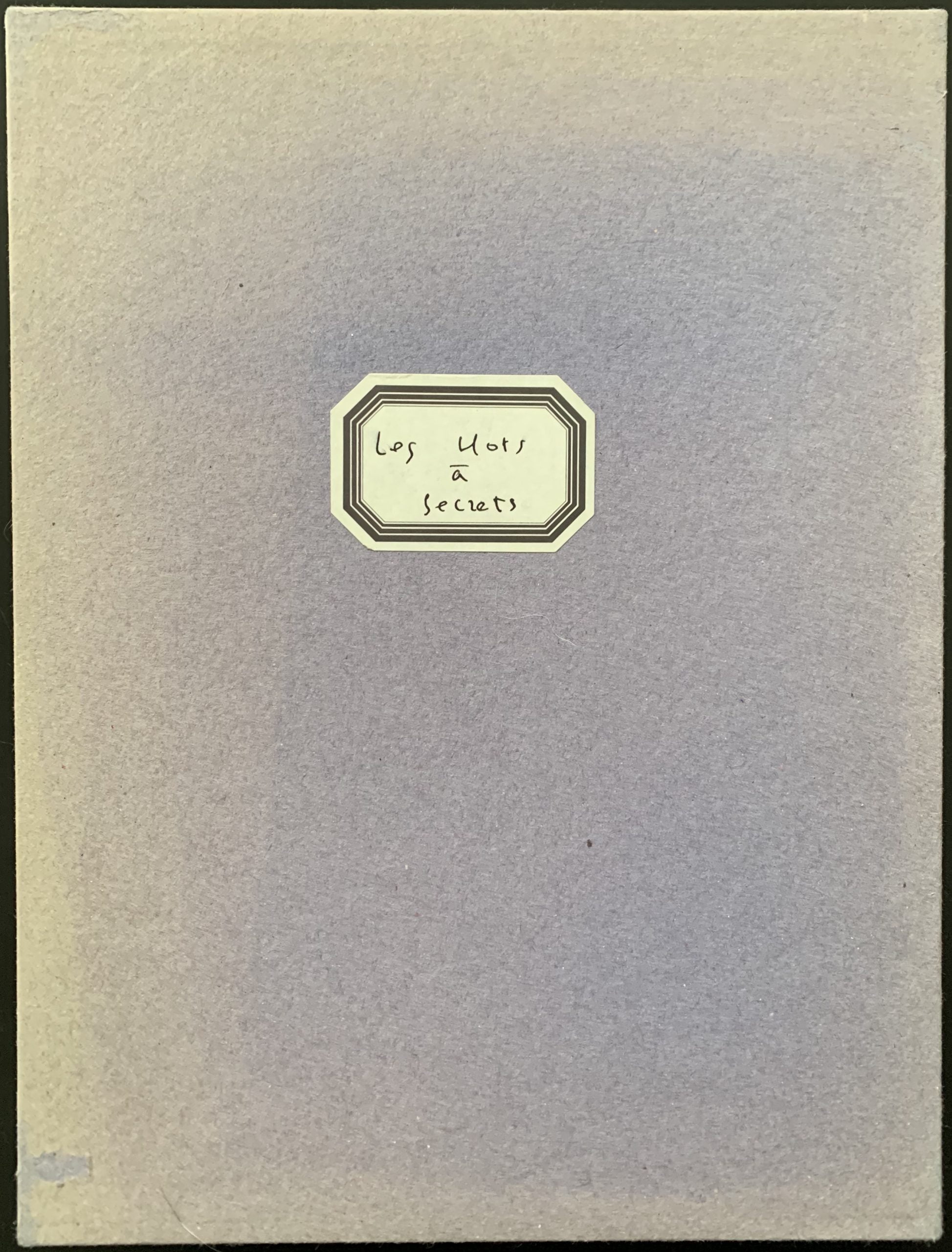07 May BOOKS & EDITIONS. 1993.
Edinburgh: Graeme Murray, 1993
21 x 7.5cm, 8pp. Black on yellow folded single sheet, A publisher's/dealer's catalogue listing a number of works and books, etc by Finlay as well as Roger Ackling, Thomas Joshua Cooper, Andy Goldsworthy, Hamish Fulton, Alan Johnson, Pieter Laurens Mol, Linda Taylor, Edda Renouf and James Cramb available with prices. Graeme Murray was Finlay's dealer for many years. VG+.
...















